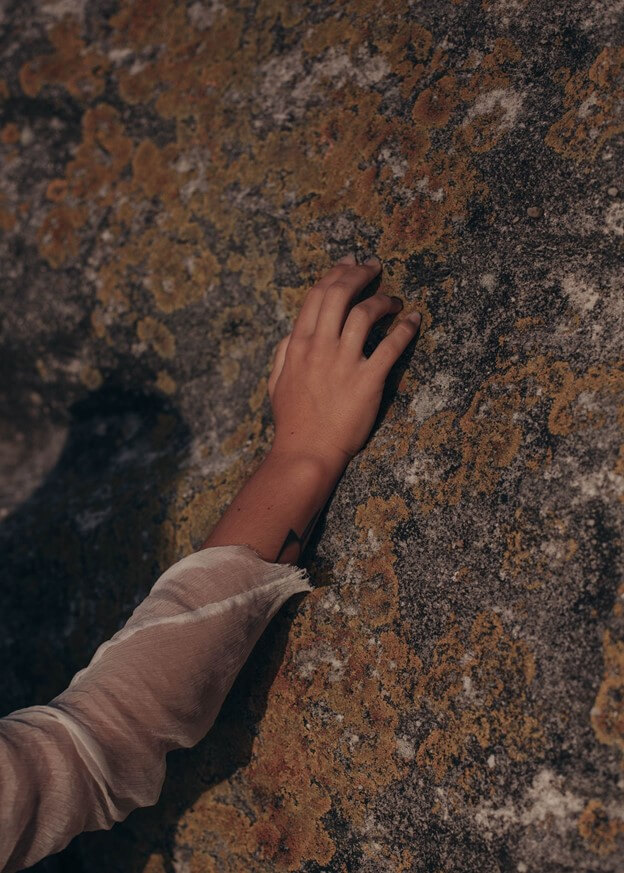
Basements, more than any other space, are known for their cold, moist, and undisturbed atmospheres. You might even find yourself greeted with the slightly sour smell of mildew buildup as you walk down the steps. Without the proper waterproofing and precautionary steps taken, moisture can easily build up in a building or house’s basement.
After exposure to water, materials in the right setting can take less than two days to develop mold. If your house or building has undergone water damage or water exposure, there are several types of mold to keep an eye out for:
Fusarium: This mold is unique in that it can grow and thrive at colder temperatures than other molds. It is typically found in homes with water damage, specifically within wallpaper, carpeting, and fabric. If discovered, carefully inspect adjacent rooms as this mold spreads quickly and easily;
Alternaria: This mold follows damp environments, meaning that there is a possible nearby leak or exposure to the outdoors. It can spread relatively quickly, so it is important to stop it early;
Mucor: Mucor is found most commonly near areas with high condensation and moisture, for example air conditioning units or HVAC units;
Chaetomium: The presence of chaetomium likely means severe water damage. It is indicated with a musty odor, and either a gray or black cotton-like texture depending on the growth stage;
Penicillin: Similar to the other molds on this list, penicillin can be traced to areas with high moisture levels. It can be easily spotted with its bright blue or green surface, and can spread quickly through the air;
Stachybotrys: Also known as black mold, stachybotrys is found in areas with consistently moist and unkempt environments. More specifically, black mold typically grows on cellulose materials such as drywall or cardboard;
Ulocladium: If this mold is found in a basement or building, it is a sign of extreme water damage. It may grow alongside the aforementioned fusarium, another indicator of inadequate waterproofing.
This is not an extensive list of all the possible molds, but it is still a good idea to keep a careful eye out for all and any growth. Though each mold may vary in danger and severity, each is an indicator that your building spaces may be in need of a check up. If there is suspicion of any dangerous molds, always be sure to contact a professional to inspect and remove.
Photo by Daria Shevtsova from Pexels
